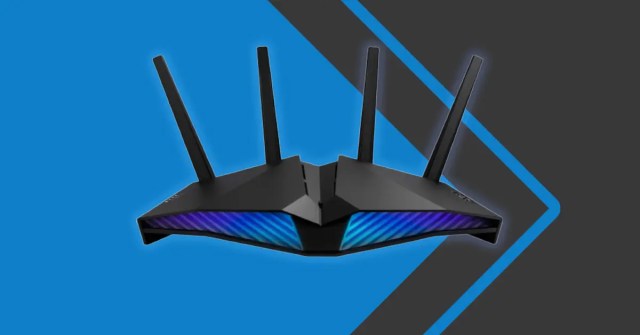
How to Make Windows 10 Faster and More Efficient
This website uses affiliate links to generate revenue, meaning we earn a small commission at no extra cost to you when you purchase through our links. Check out my Affiliate Policy Here.
Are you experiencing trouble operating on your windows 10 because of slow performance? Are you facing lag issues on your computer? Well, with prolonged use, it happens with most computers running on windows 10.
The good news is, the lag and slow performance issues can be fixed to a large extent. Almost to a point that your laptop/PC runs like a brand-new device. Here are step-by-step instructions on how to make windows 10 faster and more efficient. Follow these steps and get your computer running like a new one.
Step 1: Disable startup programs
If your system is taking too long to boot, there might be too many programs running on startup. Even if you don’t have any issues with your Windows startup time, it is always a good idea to disable unwanted programs. To disable programs on startup:

- Right-click on the taskbar and go to Task Manager.
- Click on the Startup tab on the top.
- Click on the programs you don’t need and disable them. (You can reactivate them later if you want.)
- Make sure you don’t disable default windows programs, just in case.
- Restart your computer if prompted.
Step 2: Get rid of all the bloatware
When installing new software, make sure you are not installing bloatware with it. Many apps and programs try to make you use their additional products. They are usually harmless but end up taking a lot of space on the drive. If you have a lot of bloatware, chances are they are eating up your system’s resources. Getting rid of all the bloatware helps. To do that:
- Go to settings > Apps > Apps and features.
- Go through the list of all the apps that have been installed on your computer.
- Click on the unwanted apps individually, and press uninstall.
- Confirm the necessary permissions from windows.
- Again, restart the computer if prompted. (Not necessary if not prompted.
Step 3: Delete temporary files
As the name suggests, windows temporary files are junk files created by the system when there is not enough memory available for the task at hand. These temporary files act as a buffer in case the program crashes unexpectedly. While these files can be used to recover data, they are mostly useless. Temporary files may be slowing down your system. To delete temporary files:
- Type ‘run’ on the windows search bar and press enter.
- In the Run window, type ‘%temp%’ (without quotations) and press enter.
- Select all the files in the Temp window and delete them.
- Provide Windows the necessary permission for deletion.
Step 4: Clean up hard disk
Just like the house needs cleaning from time to time for healthy living, the hard disk needs to be cleaned as well. Over prolonged use, your computed may have accumulated a lot of junk. Large unwanted files, temporary files, cache, user histories, thumbnails, and other data gets stored up in your hard disk. Cleaning up the disk helps your system run more efficiently. To do this:
- Type ‘disk cleanup’ on your windows search bar and press enter.
- Select your default drive to clean up. (For most users, it is the C drive. The rest of the drives are not necessary.)
- From the list of ‘Files to delete’, select the items you want to delete.
- Delete all of them if you can’t decide.
- Click on ‘Clean up system files’ and press OK.
Step 5: Defragment
When you install and uninstall a lot of programs over a period of time, the data in your disk tends to get disorganized. When the data is more organized it is easier for the system to extract information. Defragmentation organizes the data so your computer can run efficiently. To do this:
- Type ‘defragment’ on your windows search bar and press enter.
- Select your default drive to clean up. (Defragment the default drive only. The rest of the drives are not necessary.)
- Click Analyze.
- Once it is done Analyzing, click Optimize. (This may take a while.)
And that’s it. Now restart your computer and enjoy the speeds.







